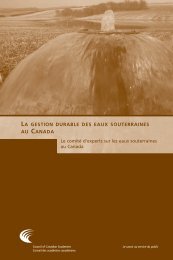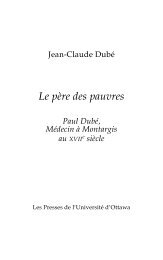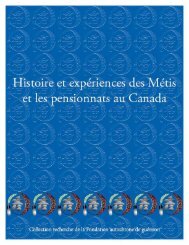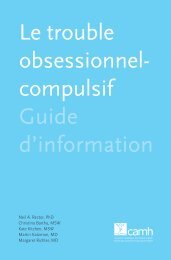Ancient Coins of the Graeco-Roman World
Ancient Coins of the Graeco-Roman World
Ancient Coins of the Graeco-Roman World
Create successful ePaper yourself
Turn your PDF publications into a flip-book with our unique Google optimized e-Paper software.
CREEK COINAGE AND WAR<br />
Everyone living today must know that both actual war and<br />
preparation against <strong>the</strong> eventuality <strong>of</strong> it are very expensive items<br />
indeed in a nation's budget. Yet, because <strong>of</strong> <strong>the</strong> economic structure<br />
<strong>of</strong> <strong>the</strong> modern world, <strong>the</strong> impact <strong>of</strong> military expenditure on coinage as<br />
such is not immediately apparent; strategic materials imported from<br />
abroad are not, in fact, paid for by exporting sackfuls <strong>of</strong> paper<br />
money or current coin. The reason for this is obvious enough: <strong>the</strong><br />
paper money and <strong>the</strong> coins have no intrinsic value, for as paper or<br />
metal <strong>the</strong>y are nearly worthless, and <strong>the</strong>y function only as tokens<br />
representing a nation's stock <strong>of</strong> real wealth consisting <strong>of</strong> bullion or<br />
natural resources or manufactured goods or services.<br />
In <strong>the</strong> ancient world things were much simpler, and <strong>the</strong> relation-<br />
ship <strong>of</strong> coinage to wealth much more immediate. Of course, coinage<br />
was not <strong>the</strong> only form <strong>of</strong> wealth: agricultural produce, metals, manu-<br />
factured goods were important <strong>the</strong>n, as <strong>the</strong>y are today. But coinage<br />
was <strong>the</strong>n normally struck in precious metal, so that <strong>the</strong> actual coins<br />
represented wealth and were not merely tokens standing for it. In<br />
such circumstances, coins need not be localized in circulation; gold<br />
and silver coins could be, and were, exported in sackfuls to pay<br />
directly for imports, as we see in <strong>the</strong> example <strong>of</strong> <strong>the</strong> numerous hoards<br />
<strong>of</strong> A<strong>the</strong>nian tetradrachms discovered in various parts <strong>of</strong> <strong>the</strong> Near and<br />
Middle East. The full pattern <strong>of</strong> this movement <strong>of</strong> coinage is not<br />
recoverable because, in areas in which a local coinage was <strong>the</strong> legal<br />
tender, <strong>the</strong> imported coinage was normally melted down on arrival to<br />
supply bullion for <strong>the</strong> local coinage. Occasionally, however, <strong>the</strong><br />
urgency to convert imported foreign coins into local currency appears<br />
to have been so great that <strong>the</strong> quicker, but less efficient, process <strong>of</strong><br />
overstriking was employed ra<strong>the</strong>r than <strong>the</strong> slower process <strong>of</strong> melting<br />
down, casting new flans, and restriking. Thus, in late fourth-<br />
century Crete, we can detect a flood <strong>of</strong> foreign coinage, particularly<br />
from Cyrenaica, which had entered <strong>the</strong> island in <strong>the</strong> pockets <strong>of</strong><br />
returning mercenaries and been restruck with local types.












